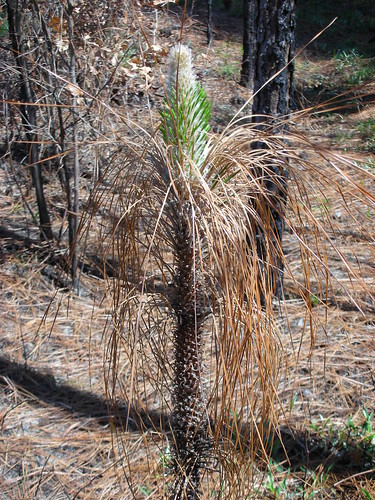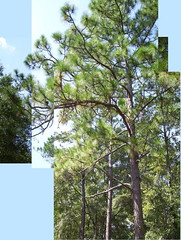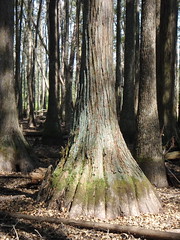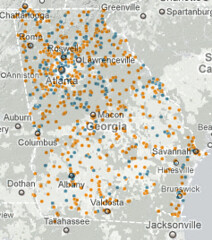 As
Steve’s Forestry Blog noted last summer:
As
Steve’s Forestry Blog noted last summer:
ArborGen made a request to the United States Department of Agriculture (USDA) to plant 260,000 flowering genetically engineered (GE) eucalyptus trees over 330 acres in seven states. USDA’s Animal Plant Health Inspection Service (APHIS) is processing this request. Several plantations already exist in Florida and Alabama.Paul Voosen writes in Scientific American that
The tree is Eucalyptus grandis x urophylla. The plant is a cold-hardy eucalyptus that ArborGen is developing for future commercial purposes, mainly pulp for paper.
Even given government incentives and a price on carbon, however, ArborGen must satisfy concerns from regulators and environmental groups that its engineered trees will not, especially when gifted with the ability to resist cold, spread untrammeled through forests.It’s easy to see pollen from such trees blowing onto neighboring land and new trees growing. And, given the tactics of a certain other GM plant producer, it’s easy to see the patent owner sueing the adjacent landowner for patent theft, even though the patented plant trespassed. This is the level of assurance that that won’t happen:
“When you talk about trees, storms happen, wind blows,” he said. “The containment is not absolute. There is the chance of some spread. Is it likely to become an invasive weed? Seems unlikely to me.”Not very reassuring. Meanwhile, the test stations continue to spread: Continue reading




